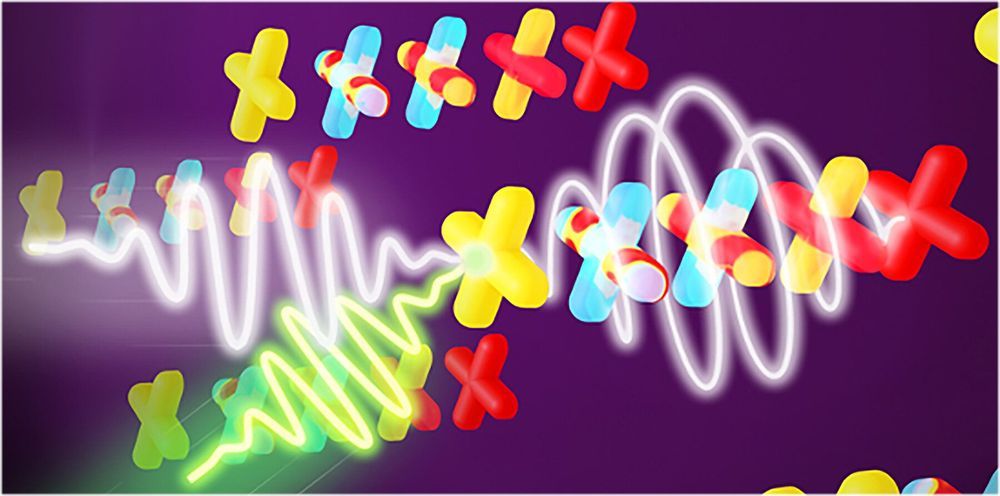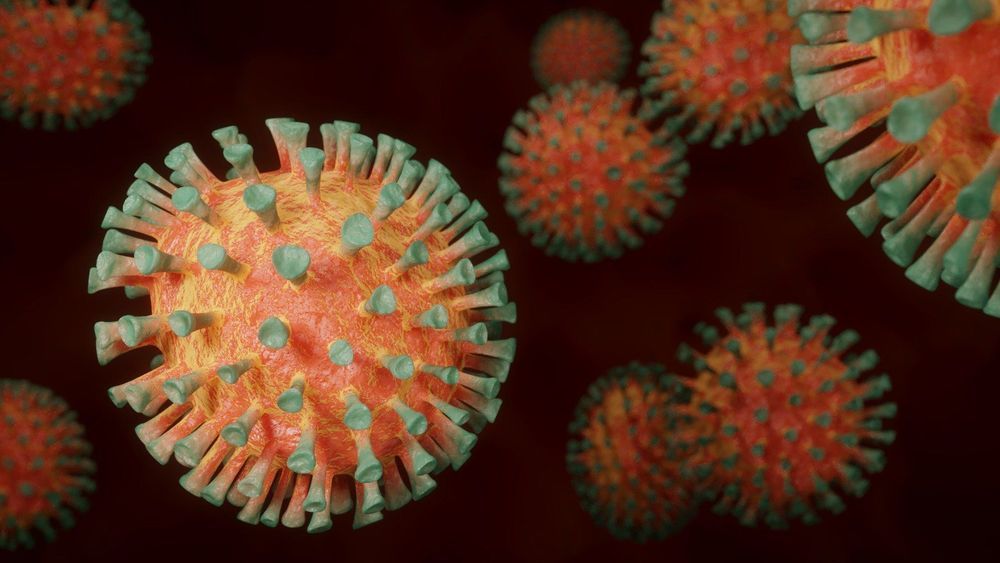U.S. and Italian engineers have demonstrated the first nanophotonic platform capable of manipulating polarized light 1 trillion times per second.
“Polarized light can be used to encode bits of information, and we’ve shown it’s possible to modulate such light at terahertz frequencies,” said Rice University’s Alessandro Alabastri, co-corresponding author of a study published this week in Nature Photonics.
“This could potentially be used in wireless communications,” said Alabastri, an assistant professor of electrical and computer engineering in Rice’s Brown School of Engineering. “The higher the operating frequency of a signal, the faster it can transmit data. One terahertz equals 1,000 gigahertz, which is about 25 times higher than the operating frequencies of commercially available optical polarization switches.”








